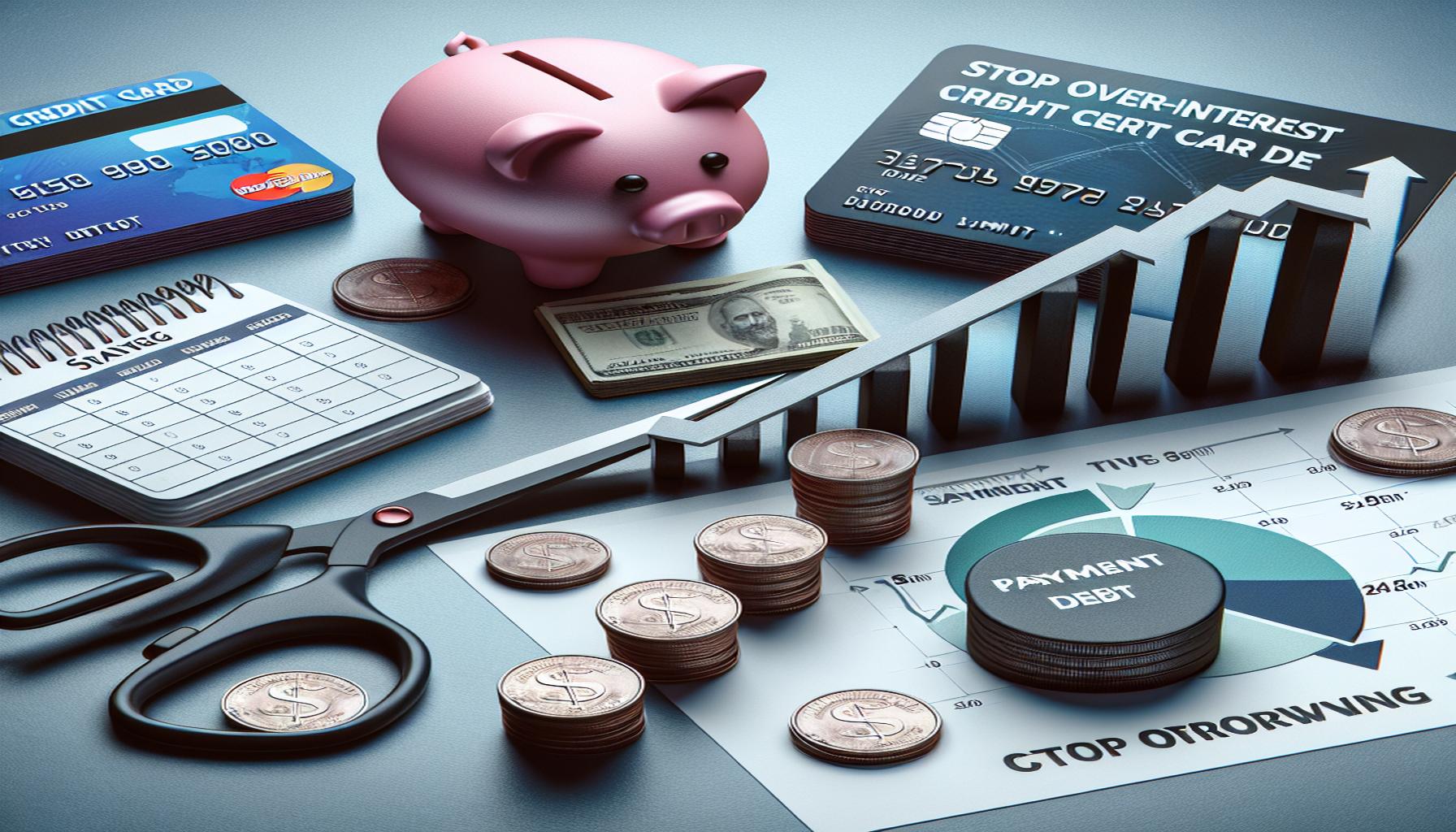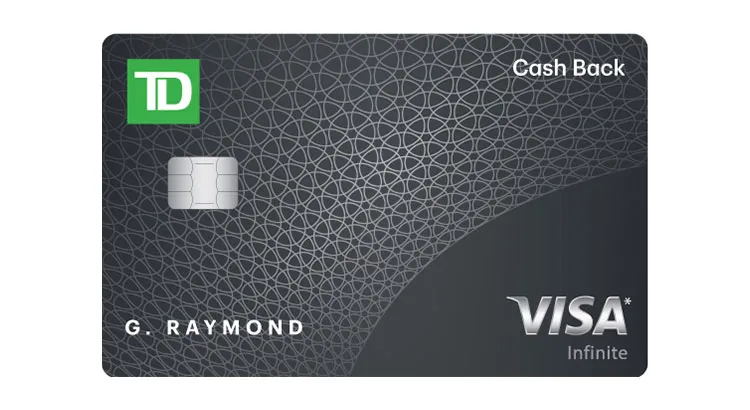Strategies to Pay Off High-Interest Credit Card Debt

The Burden of High-Interest Credit Card Debt
Facing high-interest credit card debt can be an incredibly daunting experience. In Canada, many individuals find themselves trapped in this cycle, with interest rates that can exceed 20%. Such high rates can make it difficult to pay down the principal balance, leading to a financial strain that affects everyday life and peace of mind. If you’re struggling to keep up with your monthly payments, you’re certainly not alone, as a significant percentage of Canadians report similar challenges.
Understanding how to effectively address this issue is crucial. Here are some strategies designed to help you manage and ultimately reduce your credit card debt.
Prioritize Your Debt
The first step is to evaluate your credit cards and identify which ones carry the highest interest rates. This is a practice often referred to as the avalanche method. By focusing on paying off these high-interest cards first, you can reduce the total amount of interest you’ll pay over time. For instance, if you have one card with an interest rate of 23% and another at 15%, prioritize the first card. Make at least the minimum payments on the lower-interest card while putting any extra funds toward the one with the higher rate.
Consider Budgeting
Creating a detailed monthly budget is essential for effective debt management. Start by listing all of your income sources and expenses, including essential costs like housing and groceries. Allocate a specific portion of your income towards debt repayment. It may be helpful to set up a separate account just for debt payments. This not only keeps your finances organized but can significantly boost your motivation to stick to your repayment goals. For example, if you find that you can dedicate $300 a month to debt repayment, ensure that this amount is prioritized in your budget plan.
Seek Lower Interest Options
Another effective strategy is to explore balance transfer options. This involves moving your outstanding balances from high-interest credit cards to one with a lower interest rate or even a card offering a promotional zero-interest period. Many Canadian credit card companies offer such deals, especially for new customers. However, it’s important to read the fine print, as some transfers may come with fees or a limited time frame for the promotional rate. For instance, if you transfer a $5,000 balance to a card with 0% interest for the first 6 months, you can significantly reduce your overall interest costs, allowing more of your payments to directly reduce the principal balance.
By implementing these strategies, you can not only decrease the amount of interest you owe but also lower your overall stress. Remember, the goal is to not only pay down your debt but to regain a sense of control over your financial situation. Taking these proactive steps can ultimately lead to a more stable and secure future.
Effective Strategies for Tackling Your Debt
To successfully manage high-interest credit card debt, it’s essential to adopt a multifaceted approach. Below are several strategies that can assist you in taking control of your finances and reducing that debt burden more effectively.
Understand Your Debt Profile
Before diving into repayment strategies, take the time to understand your overall debt profile. List all your credit cards along with their balances, interest rates, and minimum monthly payments. This clarity will help you visualize your situation and develop a targeted repayment plan. You may be surprised to find how many cards you currently hold and how high the interest rates on some can be. For example:
- Credit Card A: $4,000 balance at 22% interest
- Credit Card B: $3,500 balance at 18% interest
- Credit Card C: $1,500 balance at 15% interest
With this information, it’s easier to decide which card to focus on first under the avalanche method.
Increase Your Monthly Payments
Paying only the minimum amount due may seem manageable, but it’s one of the slowest methods for reducing debt. Explore ways to increase your monthly payments. Even a modest increase can make a significant difference in how quickly you can pay off your debt. For instance, if you typically pay $100 a month on a high-interest card, consider increasing that amount to $150 or $200 by cutting back on non-essential expenses. Redirecting those saved funds can substantially decrease the interest you’ll accumulate over time.
Automate Your Payments
To ensure that you’re consistently working towards debt repayment, consider setting up automated payments. By doing this, you not only ensure that you never miss a payment—thereby avoiding late fees—but you also set a clear priority for your finances. For example, if your budget allows, automate a payment for your highest-interest card immediately after your payday. This not only keeps you on track but also creates a habit of prioritizing debt repayment.
Cut Unnecessary Costs
Review your monthly expenses critically to identify areas where you can cut back. This may include subscriptions to streaming services, dining out, or other non-essential items that can be temporarily eliminated. Take the amount saved from these cuts and funnel it directly towards your credit card payments. Even small savings can accumulate. Just think about reallocating:
- $50 saved from eating out less
- $30 saved from canceling unused subscriptions
- $20 saved from adjusting utility usage
Every dollar counts, and these small changes can free up funds for more aggressive debt repayment.
By applying these strategies, you can create a solid foundation for reducing your high-interest credit card debt. The key is to be proactive and consistent, setting realistic goals alongside clear, actionable steps to meet those goals.
Additional Strategies to Consider
Incorporating a variety of approaches will enhance your ability to pay off high-interest credit card debt. Here are additional strategies you can adopt to ensure you’re well on your way to financial freedom.
Consider a Balance Transfer
If you have a good credit score, a balance transfer to a card with a lower interest rate can be an effective way to manage debt. Many credit cards offer promotional rates, sometimes even 0% interest for an introductory period. By transferring your high-interest balances to one of these cards, you can reduce the amount of interest you pay while focusing on paying off the principal. However, be aware of any transfer fees, and ensure you read the fine print to understand afterward rates and terms to avoid falling into further debt.
Utilize a Debt Management Plan
A debt management plan (DMP) can be a useful tool if you find your debt overwhelming. Non-profit credit counseling agencies can assist in creating a DMP tailored to your situation. They may negotiate with your creditors for reduced interest rates or lower monthly payments on your behalf. Make sure to choose a reputable agency—look for accreditations from institutions like the Credit Counselling Canada to ensure you’re working with qualified professionals.
Explore Extra Income Opportunities
Increasing your income, even temporarily, can significantly boost your ability to pay off credit card debt. Consider taking on a part-time job, freelancing, or participating in gig economy jobs like ridesharing or food delivery. Even selling items you no longer use can contribute to your debt repayment efforts. Direct all earnings from these ventures toward your debt. For instance, if you manage to earn an additional $500 a month through a side job, allocate that directly to your highest-interest card.
Stay Motivated with a Visual Tracker
To maintain your commitment to becoming debt-free, consider using a visual debt repayment tracker. This could be a simple chart displayed on your wall or a digital app that tracks your progress. Every time you make a payment, mark it down. Watching your debt decrease visually can boost your motivation and remind you of your goals. You can also set small rewards for yourself as you reach different milestones—this could be treating yourself to a movie night (without credit card usage) once you pay off a specific amount, reinforcing the habit of staying on track.
Educate Yourself About Financial Literacy
Understanding personal finance concepts can prove invaluable in managing debt. Various resources—books, online courses, and community workshops—are available to help you deepen your financial knowledge. For instance, learning about budgeting skills, investment basics, and how interest affects loans can empower you to make informed decisions about spending and saving. Being well-informed will also help you develop better long-term money management strategies, reducing the chances of recurrent high-interest debt.
Adopting these strategies requires intentionality and commitment. By combining various approaches, you can maximize your chances of overcoming high-interest credit card debt and fostering healthier financial habits for the future.
Conclusion
Paying off high-interest credit card debt may seem daunting, but it is entirely achievable with a structured approach. As we have discussed, setting a clear budget and sticking to it is essential. By prioritizing your payments and focusing on the highest-interest debts first, you can reduce the overall burden more effectively. Moreover, utilizing a balance transfer option can offer temporary relief by minimizing interest charges, allowing you to pay down the principal faster.
For those feeling overwhelmed, seeking assistance through a debt management plan can be a valuable step. Professional guidance can ease your journey and often result in better repayment terms. Additionally, don’t underestimate the power of creating extra income streams. Every little bit contributes to your debt reduction, whether it’s a part-time job or selling unused items.
Maintaining motivation is crucial; visuals tools like a debt repayment tracker serve to remind you of your progress. Also, investing time in financial literacy can equip you with essential skills to avoid falling back into debt, helping create a sustainable financial future.
Ultimately, your journey to financial freedom requires commitment and consistency. By using a combination of these strategies, you can regain control over your finances and pave the way for a debt-free future. Remember, the goal is not just to pay off debt but to foster a healthier financial lifestyle that empowers you for years to come.

Linda Carter is a writer and financial consultant specializing in economics, personal finance, and investment strategies. With years of experience helping individuals and businesses make complex financial decisions, Linda provides practical analyses and guidance on the World Information Now platform. Her goal is to empower readers with the knowledge needed to achieve financial success.






